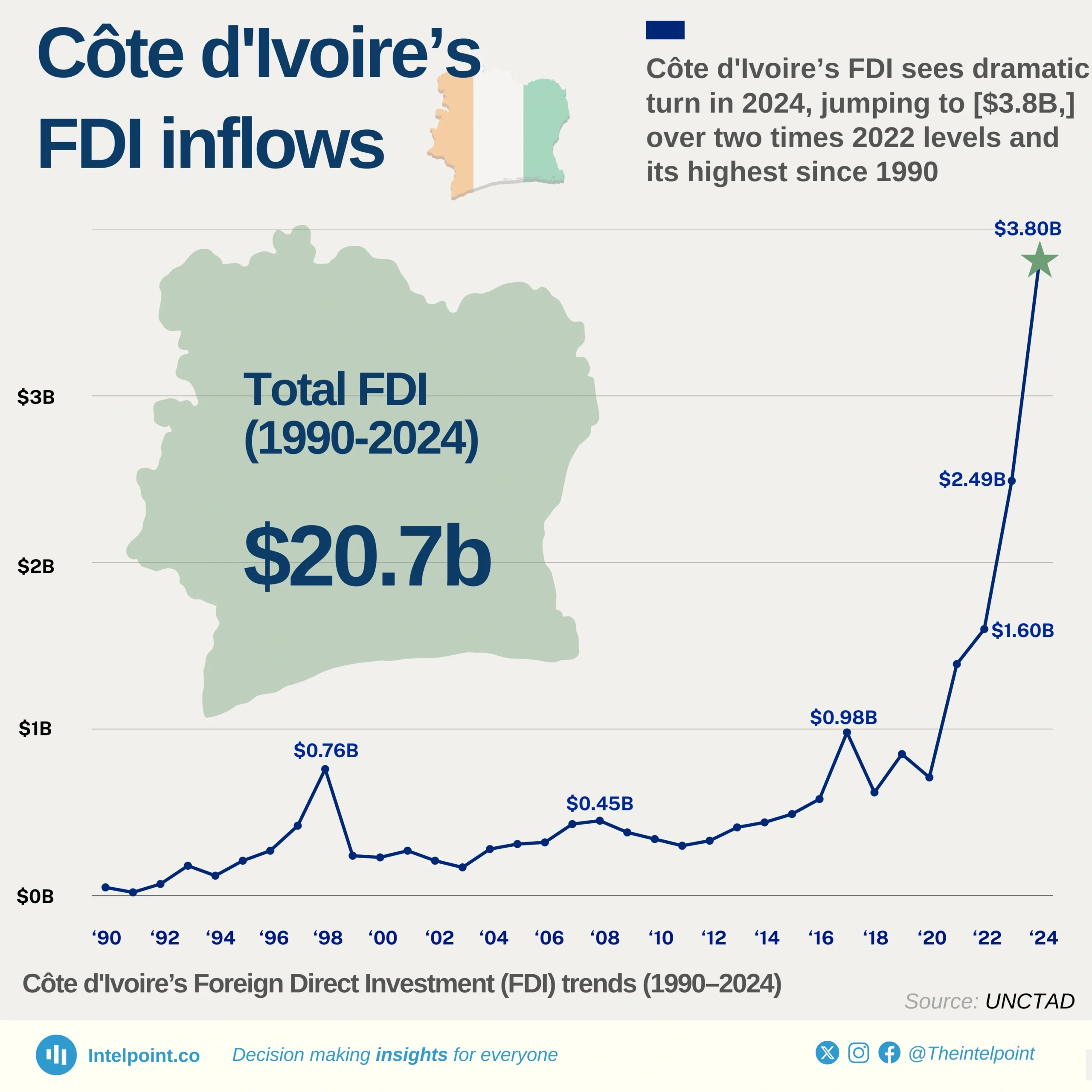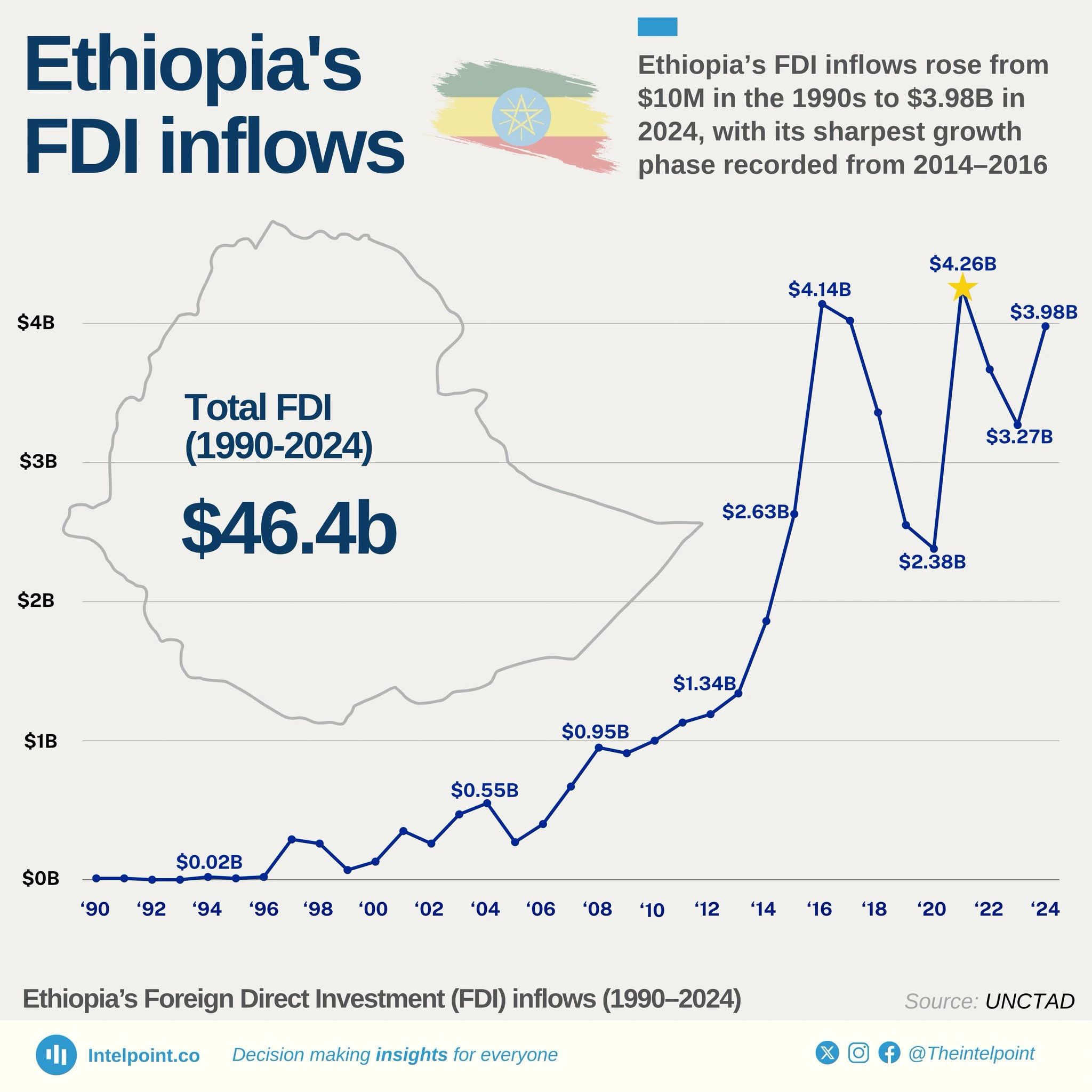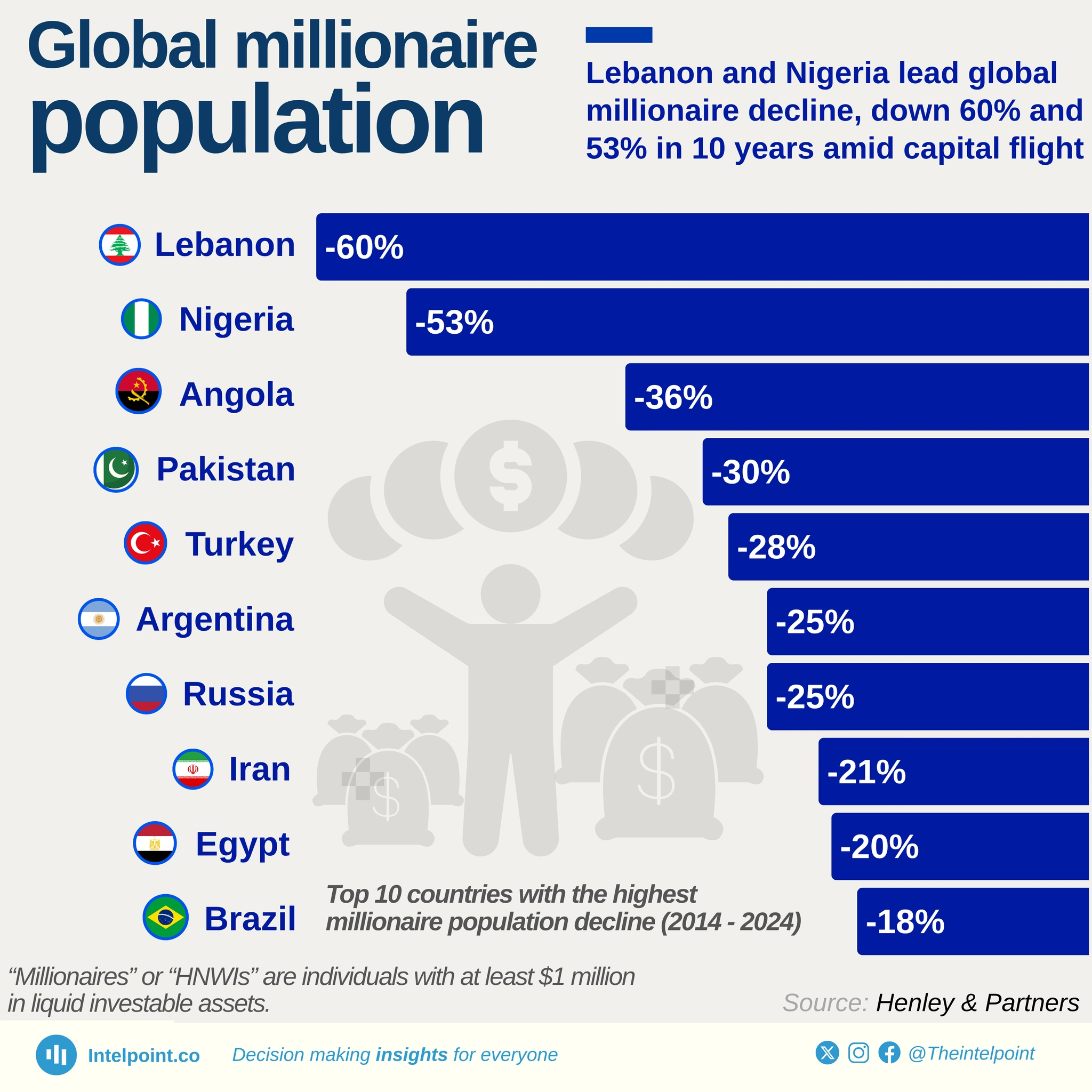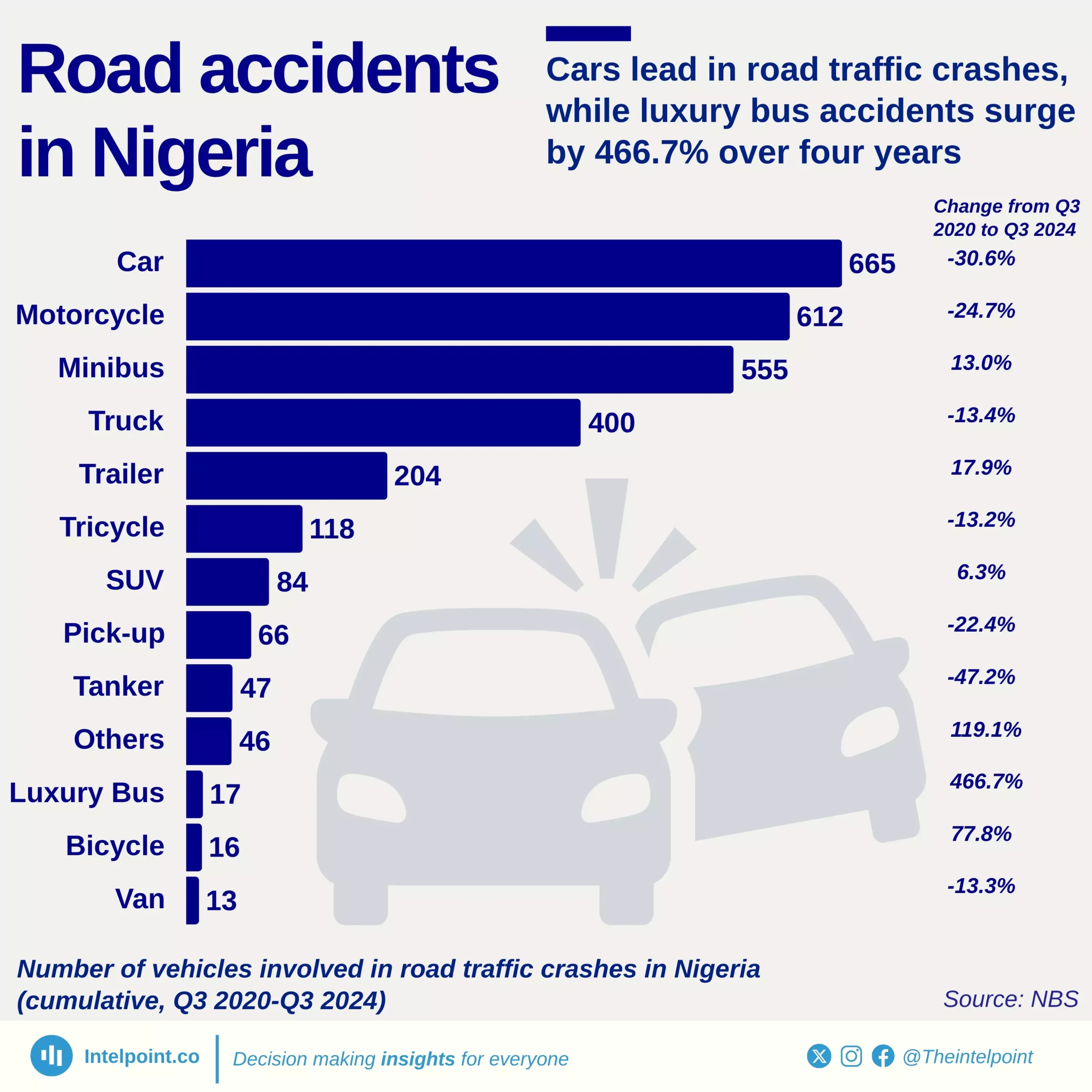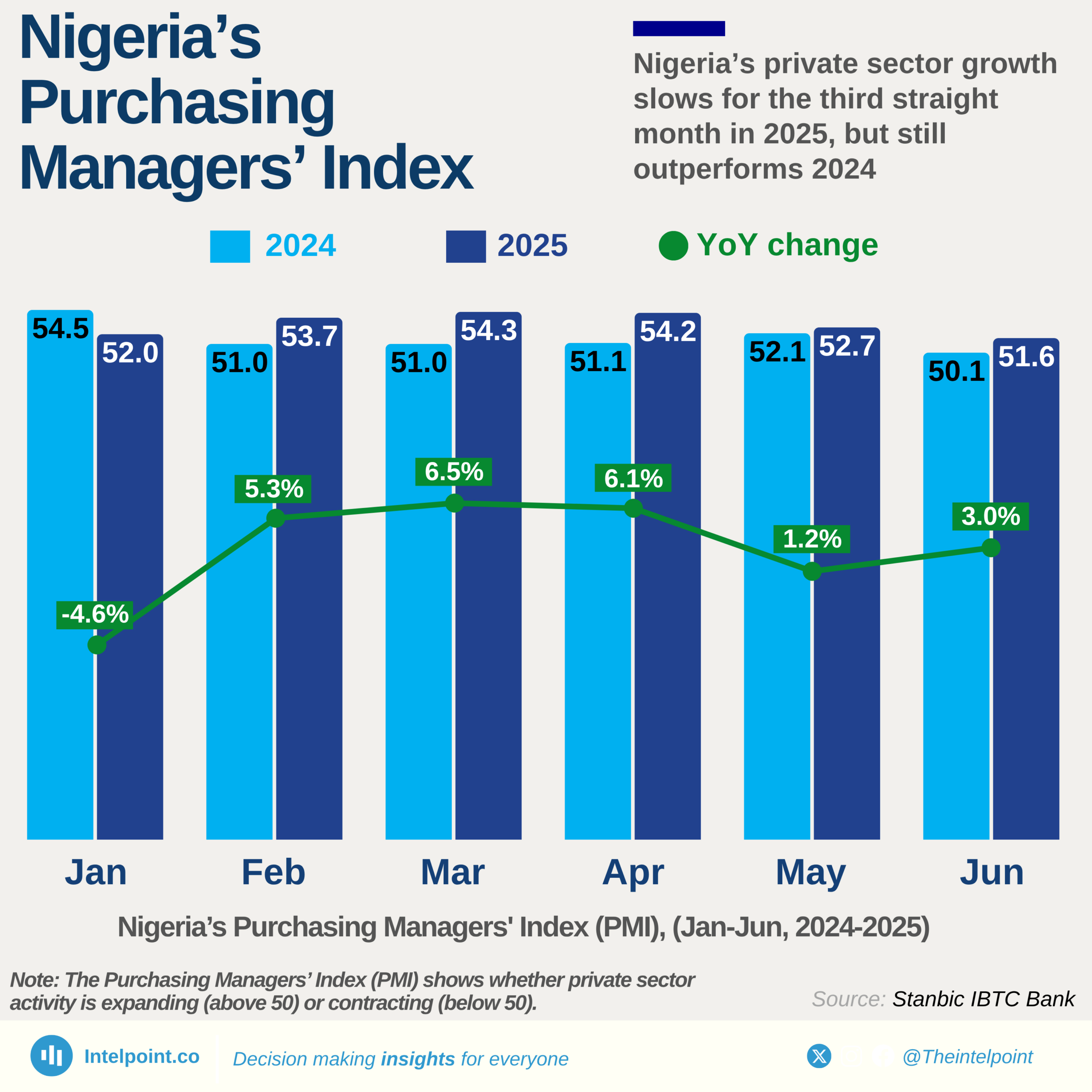North African nations dominate the rankings of Africa’s total reserves, which include gold, while sub-Saharan Africa’s reserves remain relatively low.
Libya, for example, leads the continent with an impressive $92.4 billion in reserves, solidifying its position as the country with the highest reserves in Africa. Following closely behind are Algeria with $81.2 billion and South Africa at $62.5 billion. Morocco comes in fourth with $36.3 billion in reserves, further cementing North Africa’s dominance in the rankings. Egypt also holds a strong position with $33.1 billion.
On the other hand, nations in sub-Saharan Africa, such as Angola ($13.9 billion), Tunisia ($9.24 billion), Kenya ($7.34 billion), Mauritius ($7.25 billion), and DR Congo ($5.1 billion), have far smaller reserves.
